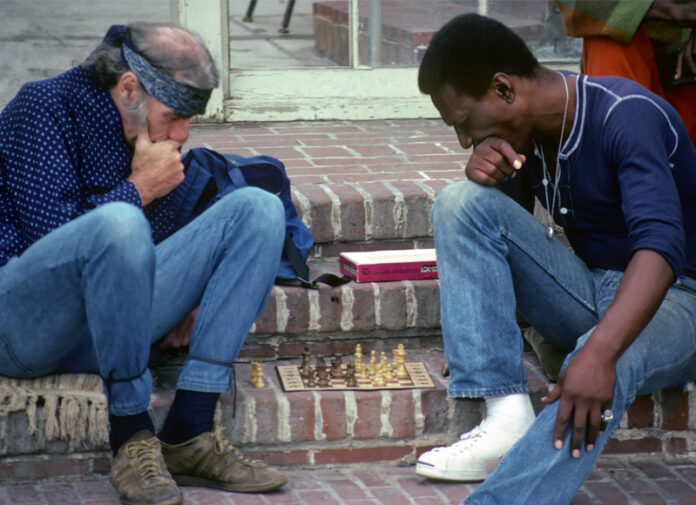by
Dr. Cornell T. McGhee
The Oxford Language Dictionary defines vision as “the ability to think about or plan the future with imagination or wisdom.” In the beginning of my formal photographic education, I learned the seven elements of photography: line or leading lines, shape, form, texture, pattern, color, and space. A leading line draws the eye along a path toward the subject or center of interest. Lines also may link various elements together. A shape may either be the object of attention or may be used to frame the object of attention. We create an objective form using light and light placement. Since we are using two-dimensional media to create the illusion of a subject in three dimensions, we use light and light placement to give our subject form.
Texture refers to the object’s surface characteristics. Texture may include the background, clothing worn by a subject, features on someone’s skin, or an overlay that provides an overall context. Pattern refers to a recurrent shape or texture that follows a rhythmic structure over and over. Not every photographic image contains a pattern, however, patterns give interest to the overall feeling of an image.
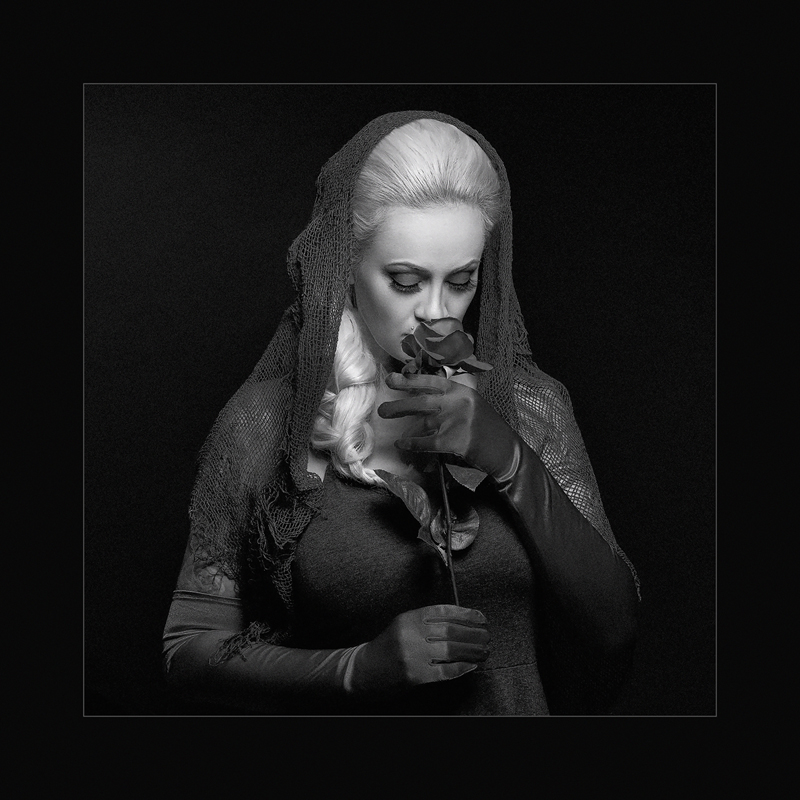
Color is used to create the overall mood of the photograph. There are many studies on the psychological use of color to create a feeling or mood. Knowledge of the color wheel is an example of how to use color in an image. The final element, space, consists of two features, positive and negative space. The positive space is the area that the eye naturally gravitates towards. The negative space is the empty space that is between the positive areas. Negative space stands out rather than blending in, but it isn’t the focal point.
Photographic vision is the ability to think about or plan to create or capture an image using the seven elements of photography. This vision can be pre-planned or spontaneous. Think about the methodology used to capture the traditional family portrait, either in a studio or environment. In planning the session, we conduct a consultation with the family to solidify our vision for the capture. In essence, the photographer describes a vision for the session.
The photographer describes what the client is expected to do during the session (feelings to convey, wardrobe, and behaviors). In describing our vision for the photo shoot, we seek to reassure the client that our vision will both meet their expectations and provide them with the desired outcome or images. It is imperative to listen to the client’s needs and the story that will be told via the camera. Through the consolidation of the client’s needs with a creative photographic vision, we create art that sells.
As we speak with the client, we begin to visualize the session using the seven elements of photography. In studio we use backdrops and props to create lines that draw the eye towards the subject. We use the arms and legs of the subjects to create leading lines that draw attention to the faces of our subjects. We shape the family to frame attention. We use light and light placement to create form. The texture of the clothing worn by the client creates an overall context; we subconsciously ask the question, “Who are these people, and why should I care?”
The texture of a backdrop or background contributes to the overall context of the portrait. Complimentary colors and clothing in a color family may show a pattern that connects family members together. The color of the clothing worn creates a mood that serves to describe the family. Whether the clients wear blue jeans and cowboy boots or tuxedos and ball gowns, the color of the clothing creates interest in the subjects. How we plan to use both positive and negative space will bring all the other elements into view.
The consultation/visualization is the framework for the actual photo session, but what adjustments are required on the day of the photoshoot? During the consultation, you made the client aware of wardrobe styles including color and texture. You have described both makeup and hairstyles. You have arranged your studio based on your pre-visualization of the client and their needs.
But stuff happens! Your clients come to the studio with different clothing; the daughter says she did not like the dress mom selected and has chosen something with bare sleeves. Little Joey decides all this fuss about wearing pants and shoes is a waste of time, and he makes his adjustments accordingly. Dad is upset his friends are playing golf without him, and it shows on his face.
Consider the opposite. The family arrives at the studio, and they are more stunning than you could have imagined. Dad is built like Dwane Johnson, aka “The Rock” and mom’s look is straight out of a fashion magazine. The daughters’ wardrobe, makeup, and hairstyles resemble that of Miss America contestants. Little Joey is a four-letter athlete at the local high school, and his slacks and sport jacket look like they were made for him.
Let us also consider the solo client. A woman approached you wanting some studio portraits taken for either personal branding, a book cover, or to celebrate a special event. The consultation went according to plan, and she arrives to the studio having followed your pre-visualization instructions to the letter. Yet, during the photo session, you have a feeling that something is off. For all the scenarios described, a practical vision is required.
A practical vision is an on-the-spot adjustment based upon the circumstances laid out in front of you. You can photograph the session and produce acceptable results, but that voice in your head is calling you to see something different. A revised or practical vision could result in several adjustments using the seven elements of photography. Changing the leading lines, adding texture to the background or the wardrobe, changing light or light placement, or adding/subtracting color may serve to enhance your vision of the photoshoot.
The ability to adjust as needed turns a good photograph into a great image. Great images evoke a greater impression or feeling, and great images are purchased as wall art. I have selected five images for discussion on practical vision. The images vary in category from environmental portraits to studio portraits, landscape, and street photography.
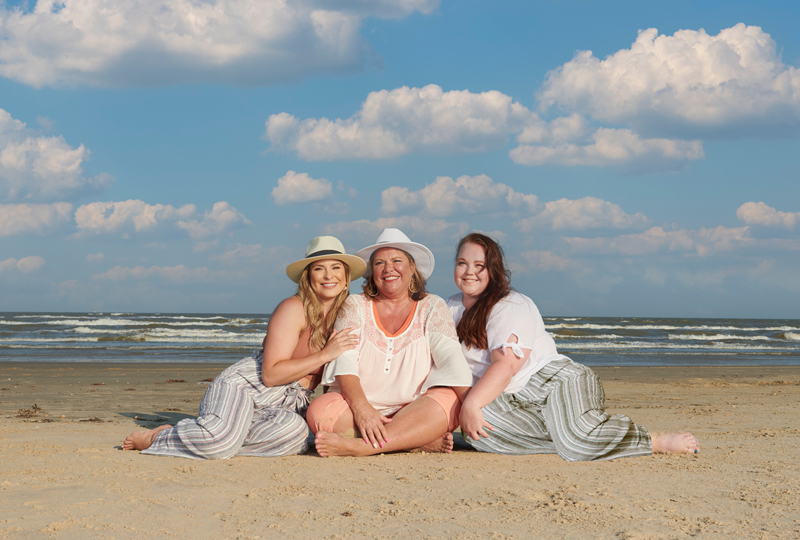
Regarding the family portrait at the beach above), the mother contacted me to photograph her family of 12 on the shore in Galveston. In the initial consultation, we discussed the optimum time for the session, before 9:00 a.m. and a location. We discussed wardrobe selection as well.
On the day of the photoshoot, the time changed from morning to late afternoon! Wardrobe selections were discarded for convenience. One of the family groups had a special needs son who was obviously worn out from the day’s activities. Rescheduling was not an option as they were departing Galveston the next morning. Rather than get flustered, I commenced my practical visioning routine.
I first photographed the entire family, and then individual family groups. While photographing family groups I noticed the interplay between the mother and her two daughters. Only one daughter had followed the wardrobe suggestion, so I posed them on the ground with mom in the middle. While the image may not be print competition-worthy, several elements of photography are present. The ladies loved the image, and it translated into a “green merit” of purchase of the image.
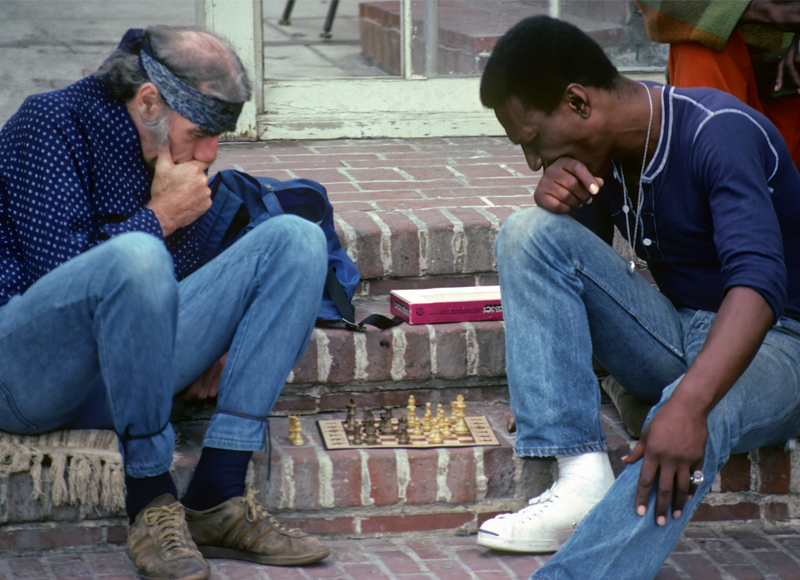
Several years ago, I traveled to Southern California for business. During a break-in meeting, I took my film camera and headed to the world-famous Venice Beach. As I looked at all the activities in the area, the scene of two men playing chess (on previous page) caught my eye. I could not tell you up-front about all the photographic elements that I had pre-visualized, because that did not go through my mind. In speaking with a mentor post-capture, he mentioned that as we progress as artists, seeing the elements of photography can become second nature if we are attuned to our surroundings. Once the film was processed and printed, I saw the depth of vision displayed before me. To state the obvious, the man on the left is of a different ethnicity than his playing partner. The man on the left is playing the black pieces and is wearing black socks. The man on the right is playing the white pieces and is wearing white socks. The intensity of their gaze on the chessboard creates a circle of interest. The diagonal lines of their legs draw your attention to the chessboard. The image was awarded a red ribbon in a regional photo competition.
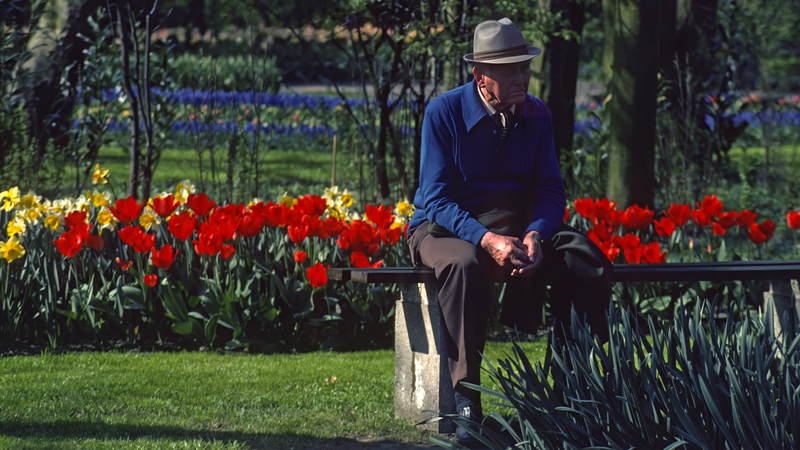
While stationed in Germany, I often traveled around Europe to visit landmarks and other places of interest. One of my travels was to Holland when the tulips were in bloom. One scene caught my eye and the main subject was not the colorful flowers in the area. Frequently, in Europe, you see old men sitting on park benches and wonder what brought them to the park. What are they thinking? Why are they alone? I photographed this gentleman using a film camera and Kodachrome 64 slide film. I saw his face was in shadow, but I thought that created the mystery of the subject. I purposely did not reposition myself to eliminate the shadow as I did not want him to change his expression and, again, the shadow created mystery to me. The line of him sitting at the end of the bench led to the group of flowers on the subject’s right. The image was recognized in a regional photo competition.
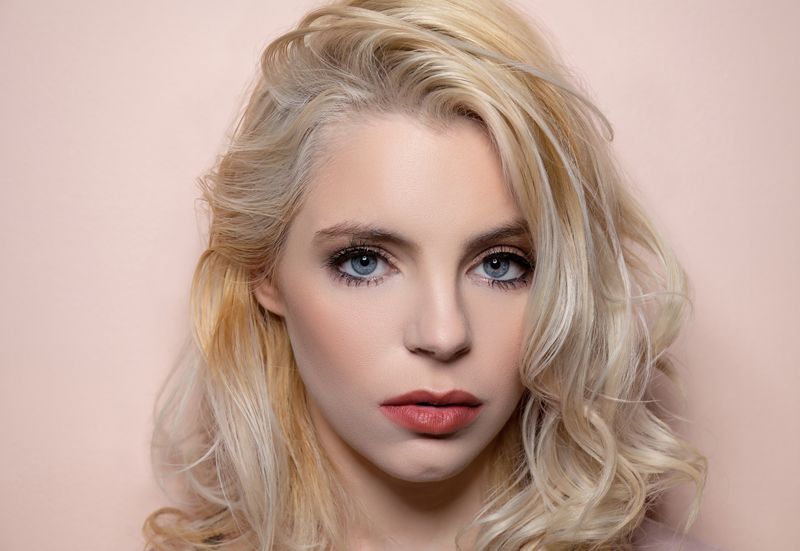 The session with this model (above) was designed to be a Valentine’s Day portrait. While most of the photos taken that afternoon featured traditional Valentine’s Day images, I saw something else. The model has a great porcelain complexion and, stunning, almost white hair. I notice various props in the studio and asked her to wear the shawl and to pick up the rose. I transitioned from a two-light setup and used only one light with a V-Flat as a reflector. We tried several poses and those processed in black-and-white convey a sense of mourning. From Valentine’s Day color to black-and-white funeral or mourning.
The session with this model (above) was designed to be a Valentine’s Day portrait. While most of the photos taken that afternoon featured traditional Valentine’s Day images, I saw something else. The model has a great porcelain complexion and, stunning, almost white hair. I notice various props in the studio and asked her to wear the shawl and to pick up the rose. I transitioned from a two-light setup and used only one light with a V-Flat as a reflector. We tried several poses and those processed in black-and-white convey a sense of mourning. From Valentine’s Day color to black-and-white funeral or mourning.
I had previously photographed this model and I always thought her eyes were her best feature. She was somewhat uncomfortable being photographed even though she is very photogenic. Most of the photographs taken that morning were full-length fashion-oriented images. I noticed she put great effort into her poses trying to please the fashion designer. During a pause in the session, I saw her relax and come out of character. Looking around the studio, I found some pink background paper and thought it would make a great background and color harmony with her skin. I saw that her hair complemented the background; the circular hairstyle framed her face perfectly. Finally, her striking blue eyes were the center of interest for the image I had in mind. I gently encouraged her to reposition to the setup. I asked her to close her eyes and imagine her “happy place.” On the count of three, I asked her to open her eyes and we then created the image I had envisioned. 2021 PPA Merit Image.
In summary, a photographer must develop the skills necessary to pre-visualize a photo session, either in a studio or on location. Most importantly, photographers cannot allow themselves to remain committed to the original vision exclusively and must be mindful of the situations that present themselves and use them to create meaningful images with impact. Eyes open, mind open, focus on the results.
 Dr. Cornell McGhee is a Master-Craftsman and CPP and serves as President of the Professional Photographers Guild of Houston as well as Secretary of Texas PPA. His photographic specialties include glamour, fashion, and beauty portraits. He is a retired Lt. Colonel from the US Army and, as an FAA certified drone pilot, he can be found flying his drone in local parks in the greater Houston area.
Dr. Cornell McGhee is a Master-Craftsman and CPP and serves as President of the Professional Photographers Guild of Houston as well as Secretary of Texas PPA. His photographic specialties include glamour, fashion, and beauty portraits. He is a retired Lt. Colonel from the US Army and, as an FAA certified drone pilot, he can be found flying his drone in local parks in the greater Houston area.



